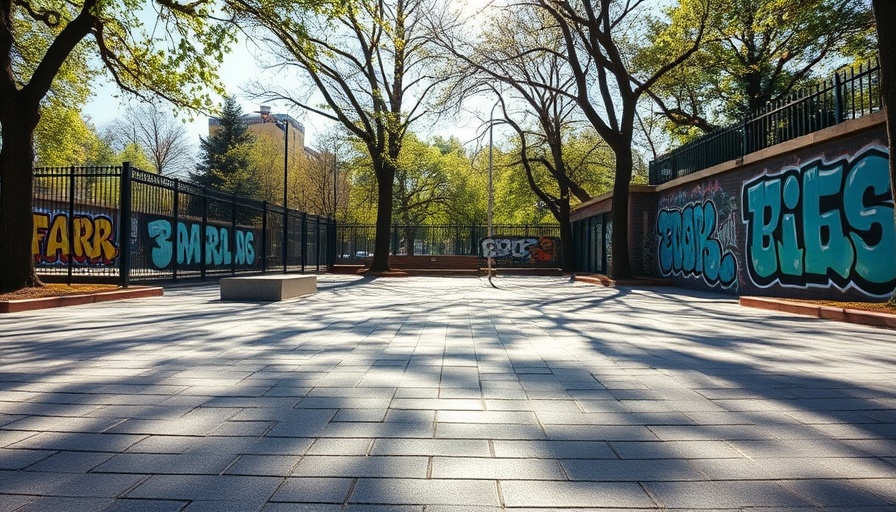
Understanding the Situation at 16th Street Plaza
For 85 days, the northeast plaza at 16th Street has experienced a constant flux of activity, culminating in a stark contrast between cleanliness and chaos. A recent visit revealed a BART worker’s efforts making a noticeable difference, though the question remains: How effective can such efforts be against the enduring issue of open drug use?
Community Responses to Open Drug Use
Community leaders and local business owners are sounding alarms over the increasing visibility of drug use, which is becoming more pronounced along Mission Street. Paul O’Driscoll, a property manager in the area, claims the issue has become "horrific," greatly impacting local families and residents. Just weeks ago, two overdose deaths were reported nearby, serving as grim reminders of the serious problems plaguing the community.
The Impact on Families and Local Business
The emotional toll on families, particularly those with children, is profound. Sam Moss, executive director of Mission Housing, notes that families have endured trauma due to the drug presence nearby. Local businesses are reporting difficulties, with customers reluctant to visit, further exacerbating the financial struggles of establishments in the area.
Law Enforcement's Role and Challenges
Law enforcement faces significant challenges in managing the situation. Officer Dennis Hoang explained that while possessing or using drugs in public is technically a misdemeanor, the reality is there's no simple solution due to overcrowding in jails and limited effective interventions. Police can only cite users and ask them to leave, a strategy that often proves ineffective as they frequently return.
Positive Community Initiatives
A potential solution discussed by Lydia Bransten from the Gubbio Project involves reclaiming public spaces by creating positive engagements. Simple activities like art tables or sending postcards could lift the community’s spirit and detract from the pervasive negativity associated with open drug use. This proactive approach may foster rehabilitation and reconnect individuals with their families.
The Need for Collaborative Solutions
While some residents blame initiatives like the Gubbio Project for bringing issues to light, police and local leaders agree that the problem is rooted in broader systemic issues and the shifting nature of drug problems across San Francisco. The movement of users from the Tenderloin to other neighborhoods shows that addressing the issue requires more than just local efforts; it necessitates a cohesive, city-wide strategy.
Future Approaches and Community Resilience
Looking forward, local governance and community organizations need to collaborate to develop strategies that address both immediate safety concerns and long-term rehabilitation efforts. It’s imperative to foster community resilience by creating safe spaces and promoting understanding over fear among residents. Addressing these pressing issues is crucial to the well-being of the San Francisco community.
For parents and community members, staying informed about local initiatives and participating actively in discussions with local representatives is vital. Engaging with your city council and advocating for effective solutions can help create a brighter future for San Francisco.
Take Action for Change
As the situation at 16th Street Plaza unfolds, it’s clear that collective action can lead to meaningful improvements. Residents should raise their voices, advocate for positive changes, and participate in local initiatives aimed at reclaiming their community. By fostering a culture of hope, the 16th St. Plaza and its surroundings can evolve into safer, more vibrant spaces for everyone.
 Add Row
Add Row  Add
Add 




 Add Row
Add Row  Add
Add 

Write A Comment